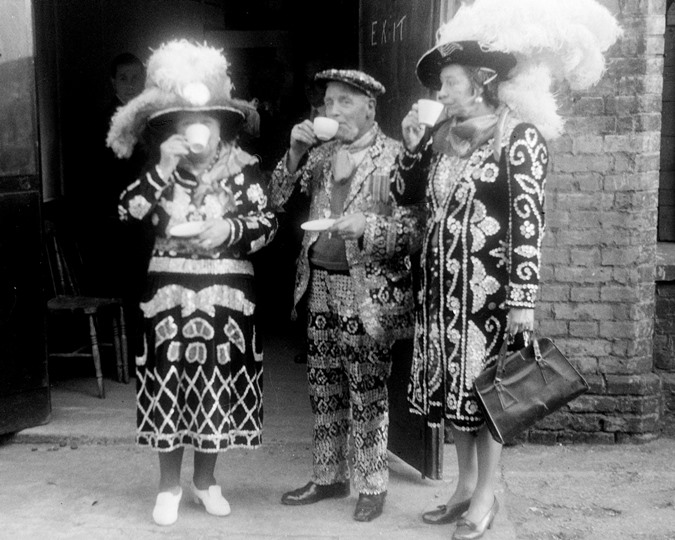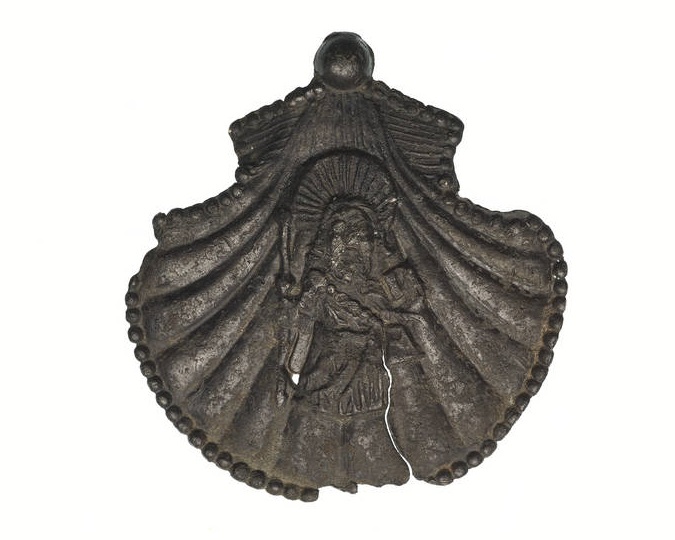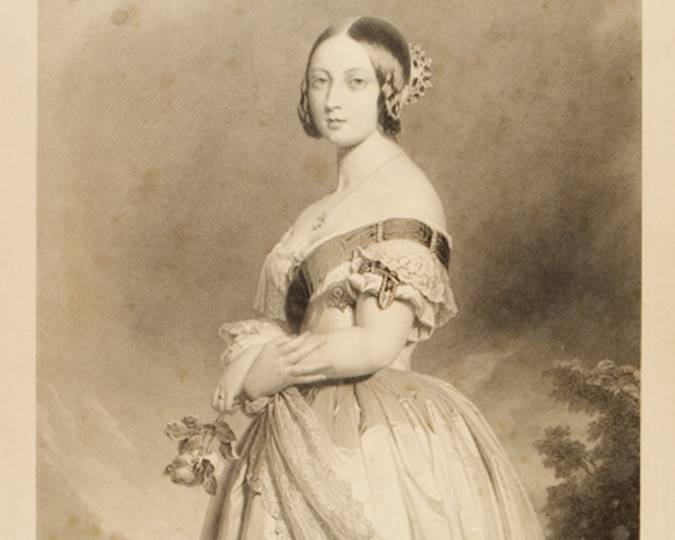|Year: AD 43|
African Romans
Did you know that the Romans built Londinium – the city where London now stands? Roman skeletons prove that African people have been living in Britain for at least 2000 years.
Londinium
In AD 43, the Romans invaded Britain and built this city on the banks of the River Thames. It was Roman Britain’s largest city and an international port.
Londinium was a diverse city. People travelled here from all corners of the Roman Empire.
Goods like olive oil, spices, pottery, glassware and cloth moved from country to country as people from different lands travelled and traded with each other.
- Many goods are imported into Britain today. Do you know where your food is grown? Or where your clothing comes from?
Look at this map of the Roman Empire to see how far it stretched at its height.

The Roman Empire around 120 AD
Map of the Roman Empire at its height. © User:Andrei nacu / CC-BY-SA-3.0
The emperor born in Africa

Septimius Severus and family
© José Luiz Bernardes Ribeiro
/ CC BY-SA 4.0
The Roman Empire included parts of North Africa. Some people from countries we now know as Egypt, Tunisia, Algeria and Morocco were Roman citizens.
Septimius Severus, the Roman emperor who ruled from AD 193 – 211, was an African man. He was born in North Africa in the place now called Libya. This round painting called a ‘tondo’ shows Septimius Severus with his second wife and children.
Septimius Severus’s son Caracalla went on to succeed him as emperor.
The 'Aurelian Moors'

Coin of Emperor Marcus Aurelius
His title was 'Aurelius Caesar Augustus, son of Pius’. How long is your name?
A stone inscription found in Cumbria shows that in the 3rd century AD a legion of Roman soldiers from North Africa were stationed in Britain.
The ‘Aurelian Moors’ were named after Emperor Marcus Aurelius (121-180 AD). The word ‘Moors’ tells us that they were from ‘Mauretania’ – present day Morocco and Algeria.
They were stationed along Hadrian’s Wall, probably between AD 253 and 258. Based at the fortress of Aballava, they defended the Roman Empire’s northern border.
The ‘Aurelian Moors’ are the first recorded African community living in Britain. It is likely that they settled and had families in Britain.
- A stone bearing the name of the ‘Aurelian Moors’ was found in 1934. How might this discovery have changed people’s ideas about Roman Britain?
Just like our coins today, Roman coins often featured a portrait of the current ruler. This coin shows Emperor Marcus Aurelius.
Clues to the past
Archaeologists study what they find in the ground - even human skeletons - to discover more about people in the past.

Examining a skeleton
This is the jaw of a teenage Roman girl, which was found in South London.
By studying their skeletons and the chemicals in their teeth and bones, we are able to shed light on where Roman Londoners spent their early childhood, their heritage, how they lived and what they ate.
A recent study in a cemetery in Southwark revealed the remains of several adults of Black African descent, who seem to have travelled from the southern Mediterranean.
Find out more about the amazing diversity of Roman London.
Black Londoners through time
Keep on discovering London’s Black history from the Roman era to the present day in our timeline.










